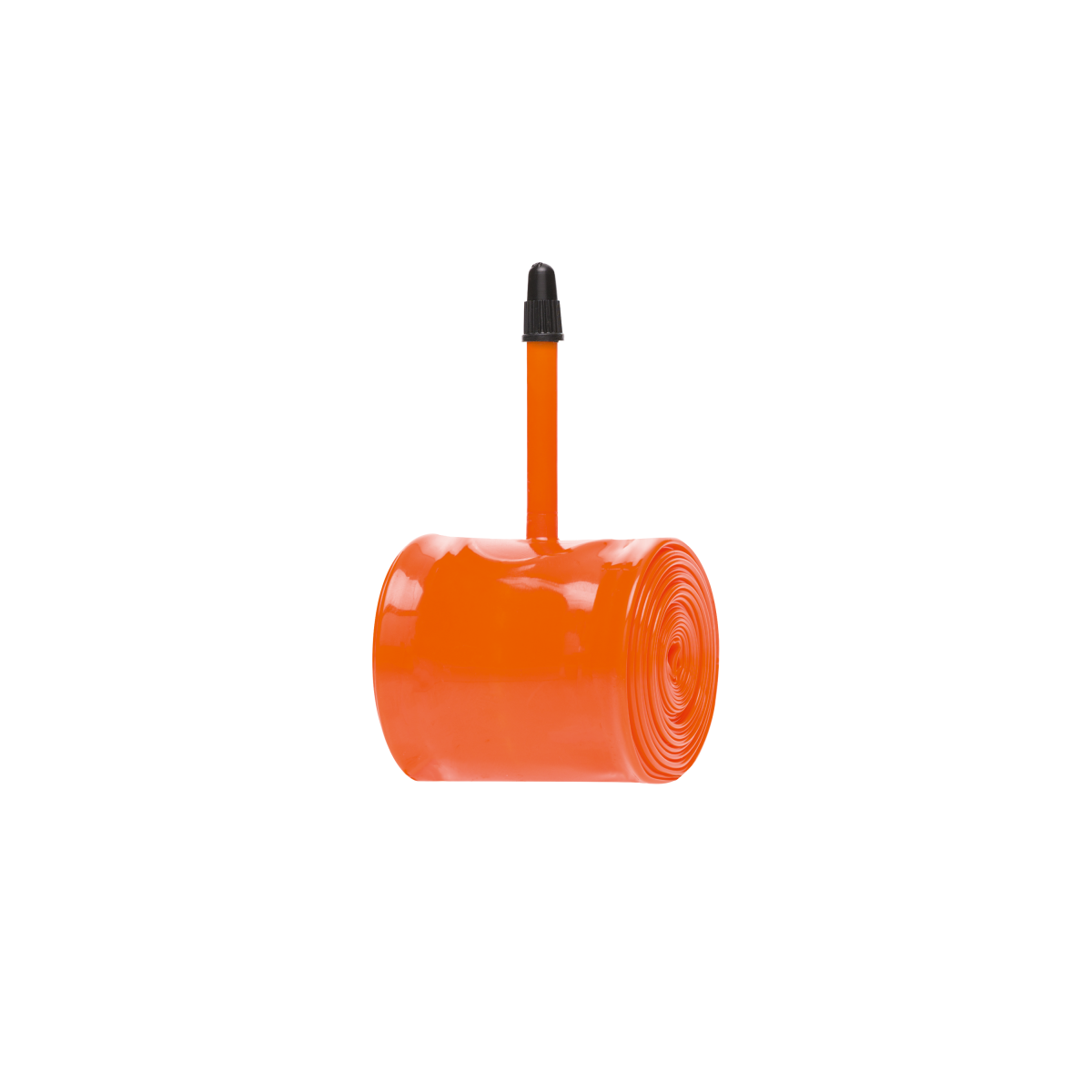Tyres and Tubes
Bicycle Tyres and Inner Tubes
TYRES, INNER TUBES AND RIM TAPE FOR ROAD BIKE, MTB, TREKKING AND MORE
It is hard to imagine that bicycle tyres weren’t filled with air until 1888. Modern tyres, also called rubbers or tires, fit on every bike and can be adapted to specific needs. Whether it's a rapid descent that requires uncompromising cornering behaviour at high speeds or a tour through impassable, unpaved terrain where the knobs of the tyres need to provide plenty of grip, even when centimetres deep in mud or snow. There is a large variety of tyres available today, with widths between 20" and 29", and covering all kinds of different riders’ requirements.
Hose, valves and more
Without a good inner tube, most tyres are useless. The tube goes into the shell during use, the valve is passed through the valve hole in the rim, the flanks of the shell are pulled into the rim and air is inflated. Tubes are sized according to the same specifications as tyres, often in ETRTO measurements. There is another factor to consider:
Having the optimal equipment plays a decisive role in triathlons. For particularly high rims, so-called aero rims, the valves used must be long, in order to reach the top of the valve with the pump. For valves that are supposed to remain hidden in the rim, there are corresponding valve extensions that you can screw on before pumping.
In addition to the length of the valve, the width also plays a role: French valves, also known as Presta or Sclaverand valves, are particularly narrow and very popular due to the pressure behaviour. They can only be used in the wide holes of some MTB rims with an adapter, which is an extension screwed onto the valve that firmly anchors the valve in the hole of the rim. The type of valve plays a decisive role in the choice of pump.
Do you have questions about tyres and inner tubes?
How much pressure your bike tyres need strongly depends on the tyre width. Wide tyres distribute the forces over a larger contact surface and therefore require less air pressure. Factors such as the rider weight, tyre construction, rim width, ground conditions, weather and riding style also have an influence, as do modern tubeless and hookless systems. The permissible pressure range is specified by the manufacturer on the tyre’s sidewall and usually ranges from:
- Road bike tyres between 5.5 and 9 bar
- Hybrid bike tyres between 2.5 and 6 bar
- Mountain bike tyres between 1 and 3 bar
;BackgroundColor=ffffff)
;BackgroundColor=ffffff)